Hyundai doubles down on hydrogen with Initium fuel cell electric SUV, and it’s likely for Australia
Thought hydrogen fuel cell electric vehicles (FCEV) had disappeared? Hyundai begs to differ, revealing its Initium fuel cell SUV concept, previewing a production model due in the first half of 2025.
And it’s a vehicle likely for Australia.
“We’ll be working on getting that car to Australia as a replacement for Nexo,” Scott Nargar, Senior Manager of Future Mobility and Government Relations at Hyundai Motor Company, told EV Central.
READ MORE: Hyundai’s N Vision 74 hydrogen supercar is your fantasy FCEV
READ MORE: Hydrogen-powered Toyota LandCruiser and HiLux ready for 2028?
“If we get the opportunity to take this vehicle (Initium) on, it’ll be a great next step beyond the work Nexo (Hyundai’s current FCEV model) has done for us since 2018,” he said.
The new Hyundai Initium fuel cell medium SUV is a rugged looking thing with 150kW of power and touted driving range of 650km between refuels.

It features a wide body, aerodynamic 21-inch wheels, roof rack, Vehicle-to-Load (V2L) and an FCEV-specific route planner, but nothing more has been revealed.
The Initium will be shown to the public at the LA Auto Show and Auto Guangzhou later this month.
The hydrogen Hyundai delivers on the styling front, but the enduring stumbling block remains hydrogen refuelling infrastructure. Globally and in Australia.
There are currently just 12 hydrogen refuelling stations operating or under construction in Australia. But there are positive signs for the future.
In 2022, New South Wales, Victoria and Queensland signed an agreement to create a “hydrogen super highway”.
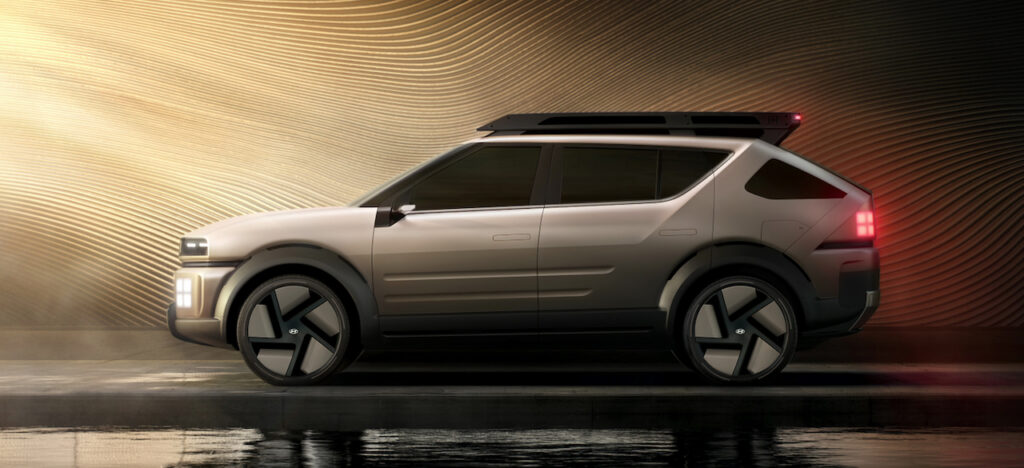
While in 2023, BP opened the first hydrogen refuelling facility at an Australian service station – a truck stop at Lytton, Port of Brisbane. The same year Ampol announced a partnership with OneH2 to expedite our use of hydrogen in passenger and commercial vehicles.
Mr Nargar acknowledged the success of Hyundai’s hydrogen Nexo, and Toyota’s Mirai FCEV, “had been limited by infrastructure,” he said. “But the Initium stamps a footprint that Hyundai continues to back fuel cell technology for passenger vehicles and all segments of commercial.”
Hyundai is involved with the Canberra Hydrogen Refuelling Facility, where 20 Nexos are refuelled for the ACT Government fleet. “Canberra is the blueprint to roll out hydrogen hubs across other states and territories, wherever we think there are fleet opportunities,” said Nargar.
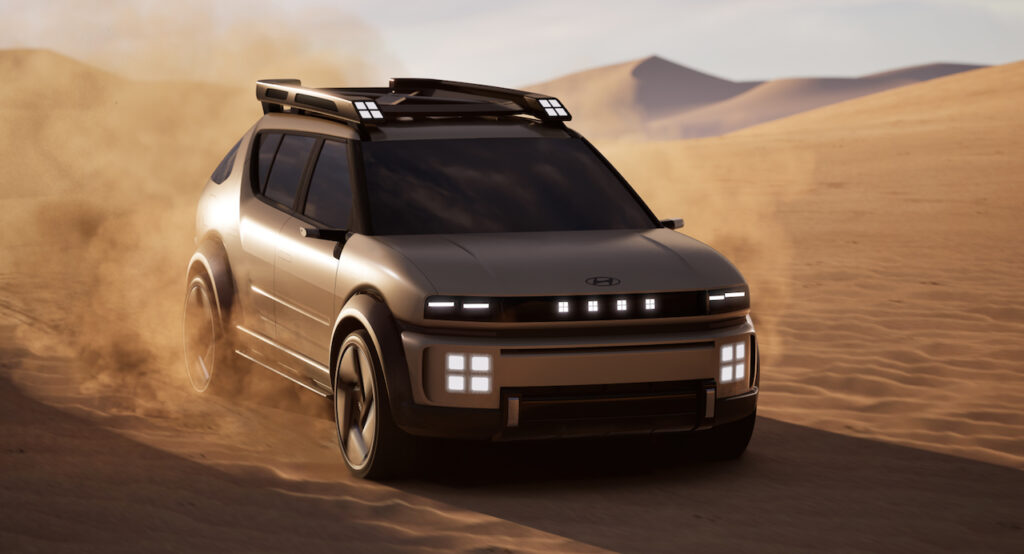
“That means buses, trucks, passenger cars and trams, and will hopefully encourage our competitors to bring their product to market.”
Over the past two years, sales of hydrogen vehicles in Australia – Hyundai’s Nexo and Toyota’s Mirai – could be counted on one hand.
The Hyundai Nexo is a fuel cell small SUV with 666km range, but only a few dozen are in use in Australia by government fleets.
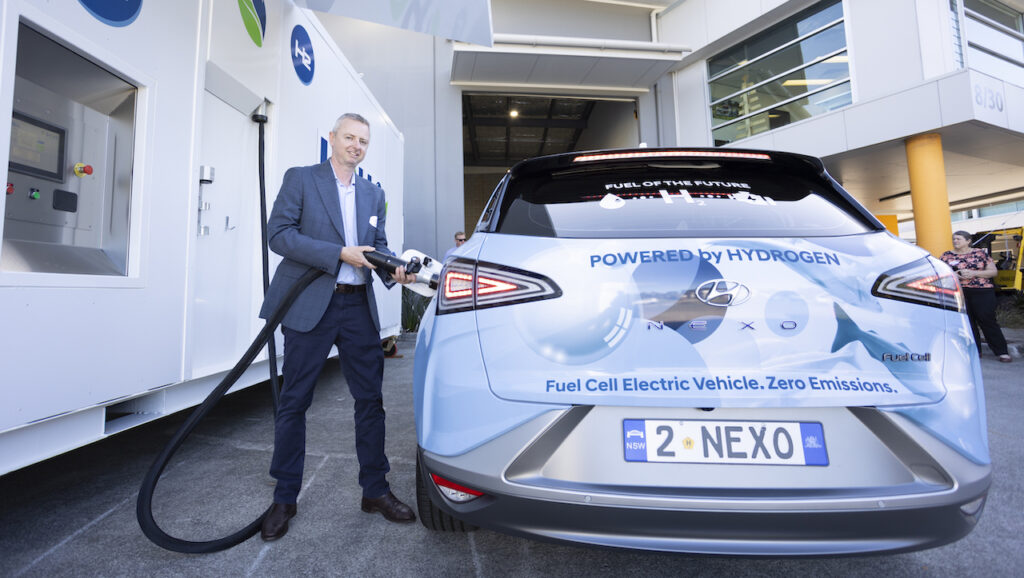
But the benefits are clear. Hydrogen fuel cells emit nothing but pure water, and can be refuelled far quicker than battery electric vehicles. The Nexo refuells in just three to five minutes.
“We are dedicated to pioneering a future where hydrogen is used by everyone, in everything, and everywhere,” said Jaehoon Chang, President and CEO of Hyundai Motor Company, at the new Initium concept’s reveal.

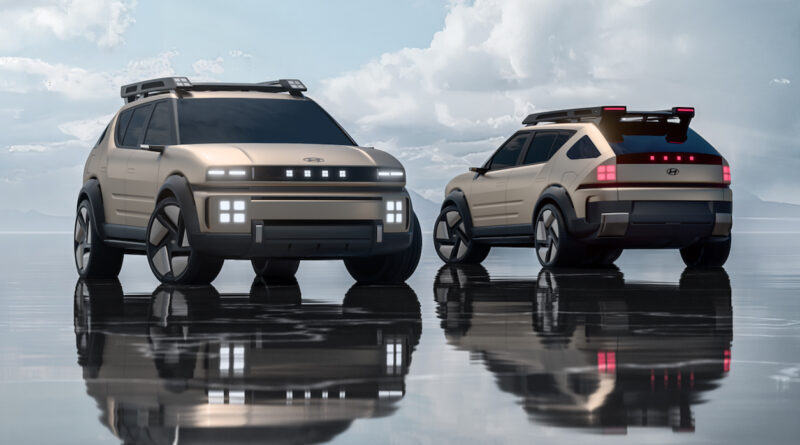


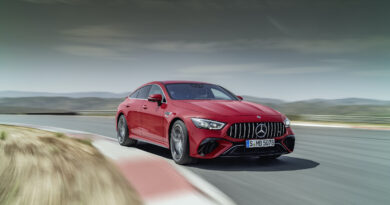
Yes, other than the cost (vehicle and fuel), lack of refueling stations, lack of green hydrogen supply (it would be criminal to use grey hydrogen) and the fact you need massive infrastructure to turn valuable clean water into hydrogen (which should then be used in processes where there are no alternatives), storage, transport… to finish up with a third of the energy to drive the wheels, that you started with… Great idea!!